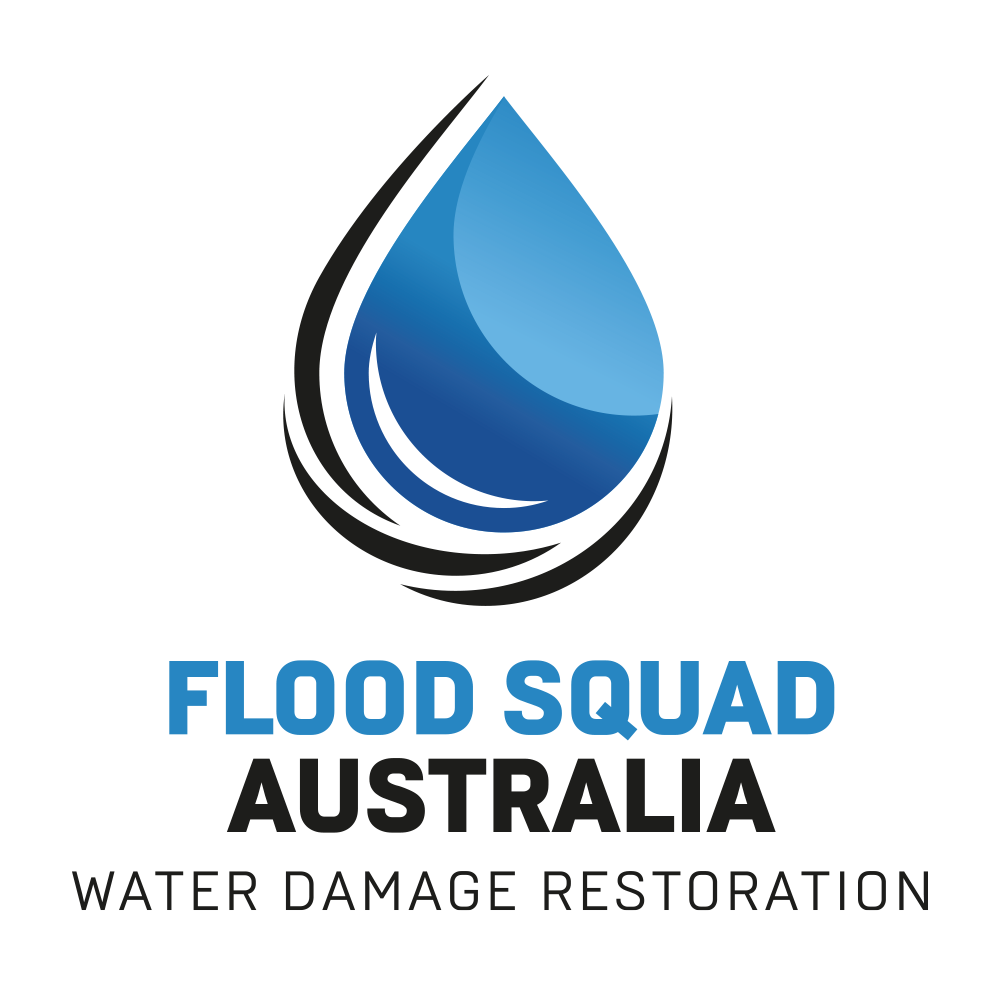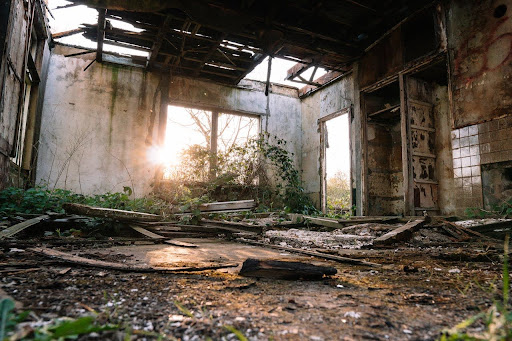Water damage can strike a commercial building at any time. It can be due to a burst pipe, a natural disaster, or even a simple leak. When it happens, the impact on your business can be significant. It can disrupt operations, damage property, and even pose health risks.
That’s where rapid water damage recovery comes in. It’s about taking swift action to mitigate the damage and restore normalcy. In this guide, we’ll explore the importance of rapid water damage recovery for commercial buildings. We’ll provide actionable steps for emergency water damage repair and highlight the benefits of efficient water damage restoration.
Our goal is to help you minimise downtime and keep your business running smoothly.
The Urgency of Rapid Water Damage Response
When water damage strikes, time is of the essence. The longer water sits, the more damage it can cause. It can seep into walls, floors, and furniture, causing structural damage. It can also lead to mould growth, which poses health risks. Moreover, water damage can disrupt your business operations. It can lead to downtime, lost revenue, and even damage your reputation. That’s why a rapid response emergency water damage repair is crucial. It can minimise the damage, reduce restoration costs, and help your business get back on track quickly.
Initial Steps to Take Following Water Damage
When you discover water damage, immediate action is crucial. The first step is to ensure the safety of all occupants. Evacuate the area if necessary. Avoid contact with the water, especially if it’s contaminated. Next, try to identify the source of the water. If it’s safe, stop the water flow. Then, document the damage. Take photos and make notes. This will be useful for insurance claims.
Here are some steps to follow:
- Ensure safety of all occupants.
- Identify and stop the source of water, if safe.
- Document the damage for insurance claims.
- Contact a professional water damage restoration service.
- Notify your insurance company.
Remember, professional help is essential. They have the skills and equipment to handle water damage effectively.
Developing an Emergency Water Damage Plan
Having an emergency plan is key. It helps to minimise damage and speed up recovery. Start by identifying potential water sources. This includes pipes, roofs, and windows. Next, create a response team. Assign roles and responsibilities. Make sure everyone knows what to do in case of water damage. Finally, have a list of emergency contacts. This should include a professional water damage restoration service. Remember, a well-prepared plan can save your business time and money. It can also reduce stress during a water damage incident.
Safety and Health Considerations During Water Damage
Water damage can pose serious health risks. It’s crucial to prioritise safety during recovery. First, avoid contact with contaminated water. It can carry harmful bacteria and viruses. Second, be aware of electrical hazards. Water and electricity are a dangerous mix. Third, protect yourself from mould. It can grow quickly in damp conditions.
Lastly, ensure proper ventilation. It helps to dry out the area and improve air quality. Always remember, safety first.
The Role of Professional Water Damage Restoration Services
Professional services play a key role in water damage recovery. They bring expertise and specialised equipment to the task. These experts can quickly assess the damage. They determine the best course of action for restoration.
They also handle the cleanup and drying process. This includes removing water, drying out the area, and sanitising the space. Choosing a professional service ensures a thorough and efficient recovery. It helps to minimise downtime and get your business back on track.
Understanding Water Damage: Categories and Classes
Water damage is not all the same. It’s classified into categories and classes. Categories refer to the source of water. This can range from clean water to contaminated water. Classes, on the other hand, indicate the extent of damage. They range from small, slow evaporation to large amounts of water with fast evaporation. Understanding these classifications helps in planning the recovery process.
Advanced Techniques in Water Extraction and Drying
Water extraction and drying are key steps in water damage recovery. Professionals use advanced techniques to ensure thorough drying. These techniques include the use of industrial-grade dehumidifiers and air movers. These tools speed up the drying process and prevent mould growth. Infrared cameras may also be used to detect hidden moisture. This ensures no water is left behind, which could lead to further damage.
Preventative Measures for Water Damage
Preventing water damage is always better than dealing with its aftermath. Regular maintenance is a key preventative measure. This includes checking for leaks in plumbing systems and roofs. Also, ensure that gutters and downspouts are clear of debris. Consider installing water detection devices. These devices can alert you to leaks or flooding early, minimising potential damage. Lastly, keep a detailed inventory of your property. This will be invaluable in case of water damage and for insurance claims.
The Importance of Rapid Repair for Business Continuity
When water damage strikes, rapid repair is crucial. It’s not just about fixing the damage, it’s about keeping your business running. Delays in repair can lead to business interruption. This can result in lost revenue and customer dissatisfaction. A quick response minimises downtime. It ensures that your business can continue to operate smoothly. In conclusion, rapid water damage recovery is essential for business continuity. It helps to keep your business running smoothly, even in the face of disaster.


